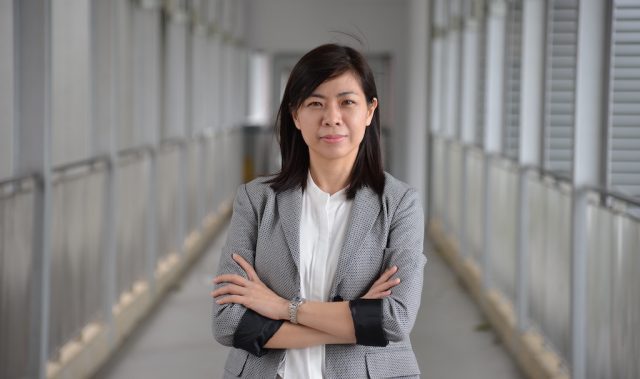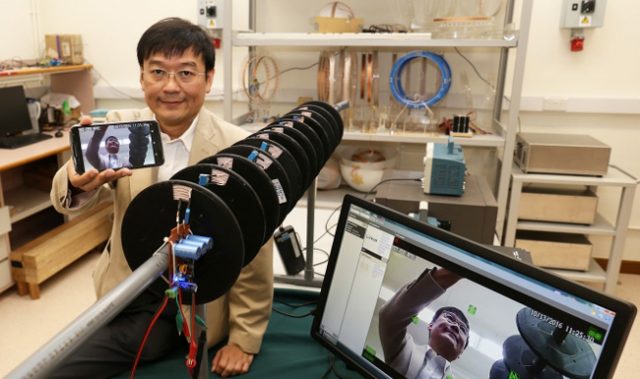
AsianScientist (Oct. 18, 2016) – An international research team has developed organic solar cells with a significantly lower driving force and faster charge separation than previous cells. The study has been published in Nature Energy.
The driving force is a measure of the energy that is used to split electron-hole pairs into free carriers. A high driving force results in the loss of the photovoltage, a key parameter for the solar cell. The lower the driving force, the higher the photovoltage.
It was previously believed that efficient operation of organic solar cells requires a large driving force, which limits the efficiency of organic solar cells. Interestingly, a group of researchers including Professor Yan He at the Hong Kong University of Science and Technology have developed efficient organic solar cells with very low driving force.
This implies that the intrinsic limitations of organic solar cells are no greater than those of other photovoltaic technologies, bringing them a step closer to commercialization.
“We have developed a system with a huge potential to increase the power conversion efficiency in organic solar cells,” said corresponding author Dr. Gao Feng from Linköping University in Sweden.
The organic solar cells the research team has developed could convert 9.5 percent of the energy in sunlight to electricity. This creates a path towards highly efficient organic solar cells with a low voltage loss.
The article can be found at: Liu et al. (2016) Fast Charge Separation in a Non-fullerene Organic Solar Cell with a Small Driving Force.
———
Source: Linköping University.
Disclaimer: This article does not necessarily reflect the views of AsianScientist or its staff.












